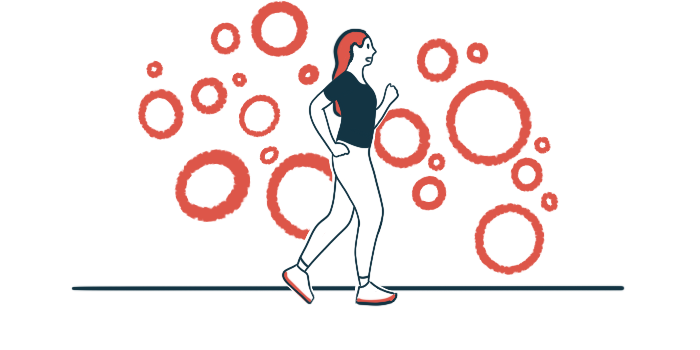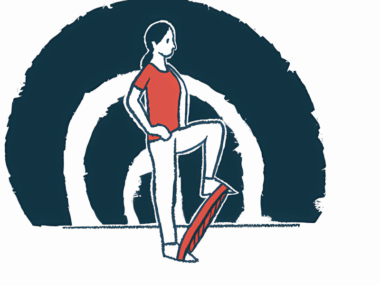Vibration therapy shows benefits over standard exercise: Trial data
Patients note reduced fatigue, gains in cognitive, motor function
Written by |

Vibration therapy, which provides mechanical stimulation to activate muscles and sensory receptors, may offer a promising new approach for easing fatigue in people with multiple sclerosis (MS), according to new data from a clinical trial.
Patients who received vibration therapy reported reduced perceived fatigue and also showed significant gains in balance, mobility, walking endurance, and cognitive performance — effects not seen in those who engaged in standard physical exercise alone.
“Future directions should focus on long-term effectiveness and introduce vibration therapy in a rehabilitative multimodal approach,” the researchers wrote.
The study, “The Role of VibraPlus on Fatigue in Multiple Sclerosis Patients: A Randomized Controlled Trial,” was published in the Journal of Clinical Medicine.
Fatigue is among the most common and debilitating symptoms of MS. It’s often described as a sudden and overwhelming exhaustion that is not relieved by rest. It can severely hamper daily life, making it difficult to work, manage household tasks, or participate in social and family activities.
While physical exercise has been shown to reduce fatigue and improve quality of life in people with MS, some studies have also looked at sensory-based therapies like vibration therapy, a noninvasive approach that uses gentle mechanical waves to stimulate muscles and nerves. By sending these vibrations through the skin and into the muscles, the therapy aims to activate muscles, improving coordination and balance and reducing the effort needed for daily activities.
Measuring benefits
“Vibration [therapy has had] a beneficial effect in MS patients compared to patients that used physical exercise alone,” wrote the researchers, in Italy. Still, they noted that the therapy’s exact mechanism is still “unclear” and “under investigation.”
They conducted a clinical trial (NCT05783999), in which 40 patients with evident signs of fatigue and moderate disability were randomly assigned to vibration therapy or a standard exercise program focused on aerobic and resistance training.
Vibration therapy was applied using a handheld device to target the lower limb muscles, with small silicone applicators placed directly on the skin. Each session lasted 30 minutes and included multiple short bursts of vibration followed by rest, performed three times a week over seven weeks.
At the study’s start, the vibration therapy group had significantly higher fatigue and disability levels, and performed worse on certain mobility and cognitive tests, than the control group. By the end of the intervention, the group that received vibration therapy showed significant improvements, which were not seen in those undergoing standard physical exercise.
Balance, measured by the Berg Balance Scale, improved from an initial average of 42.8 to 47.5. Scores below 45 are linked to increased falling risk.
Functional mobility also improved, as shown by shorter times in the Timed Up and Go test, a measure of how quickly a person can stand up from a chair, walk three meters, turn around, walk back, and sit down. Times dropped from 14.3 seconds to 11.9 seconds on the right side and 14.8 seconds to 13.0 seconds on the left.
Walking endurance also significantly improved, with distances covered in six minutes rising from 263.6 meters to 285.9 meters. Participants who received vibration therapy also reported feeling less fatigued, as shown by a decrease in Visual Analogue Scale scores from 7.7 to 6.5.
“Fatigue and restricted walking are the most important symptoms that limit MS patients from participating in social and familiar activities,” the researchers wrote.
In cognitive tests, participants who received vibration therapy showed significant gains in long-term memory, memory recall, and information processing speed. In contrast, those in the control group improved only in the speed of processing auditory information.
“Our results added knowledge to the insufficient literature evidence about the importance of vibration treatment for reducing motor impairment, motor, and non-motor fatigue, as well as facilitating socialization and decreasing limitation due to physical and emotional problems, promoting a better perception of one’s own [quality of life],” the researchers wrote.





